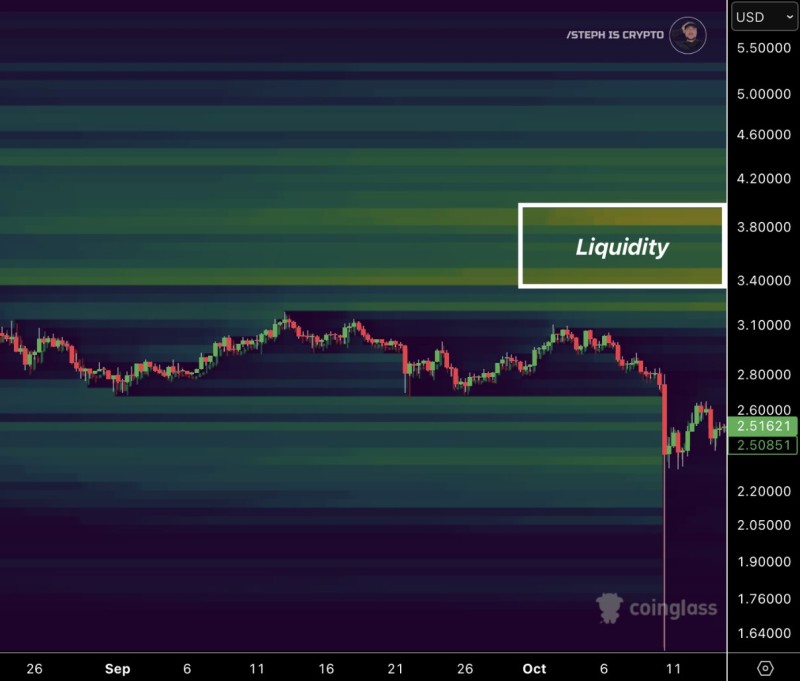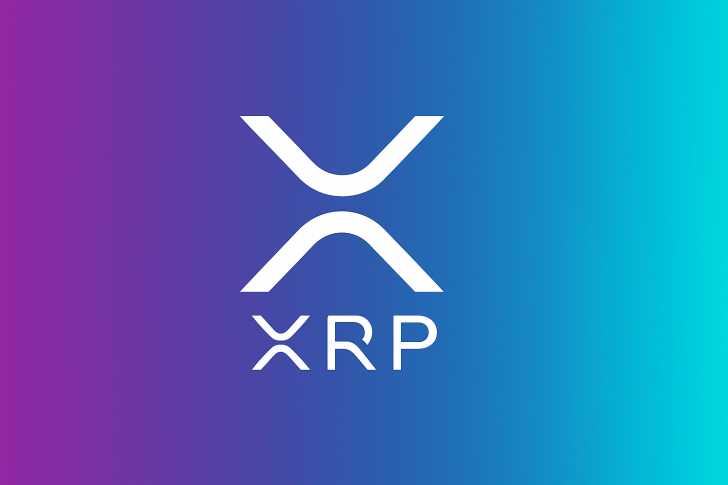After weeks of sideways action, XRP (Ripple) just pulled off a classic liquidity grab on the downside - briefly knifing lower before snapping back above $2.50. For anyone watching the tape, this kind of move matters. Once those lower liquidity pools get swept, price typically hunts for the next cluster sitting higher up. Right now, that target sits around $4.00, and if the setup holds, we could be looking at one of XRP's biggest runs this year.
XRP Chart Analysis
According to analyst STEPH IS CRYPTO, the liquidity heatmap and price action are telling a clear story. XRP dipped under $2.00 in a quick shakeout, triggering stops and mopping up buy-side liquidity - the kind of reset that often precedes a fresh leg higher.

Now it's hovering near $2.50, trying to lock that in as support. Above, there's a thick cluster of liquidity stacked between $3.80 and $4.00, which is where sell orders and resistance likely sit. The broader trend's been rangebound, but this flush below $2.00 feels like exhaustion on the downside. The focus now shifts upward, with the market potentially being pulled toward that $4 zone like a magnet.
Market Drivers Supporting XRP
A few things are lining up in XRP's favor beyond the technicals. Regulatory clarity in the U.S. has given the token a cleaner profile, especially for institutions looking at cross-border payment rails. Ripple's partnerships with banks and fintechs keep growing, which adds real-world utility to the story. And across the broader crypto market, altcoins are catching a bid again, with liquidity rotating back into higher-cap names like XRP. When you layer that on top of the chart structure, the bullish case starts to look more compelling.
XRP Price Forecast: Path Toward $4
If XRP holds above $2.50 and builds some momentum, the next logical stop is that $3.80–$4.00 band. A clean break and close above $4 would flip the script entirely and open up room to run even higher. On the flip side, losing $2.50 could send it back toward $2.00, though given how decisively the recent sweep played out, a deeper breakdown seems less likely in the near term.
 Victoria Bazir
Victoria Bazir

 Victoria Bazir
Victoria Bazir


